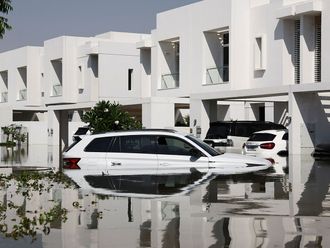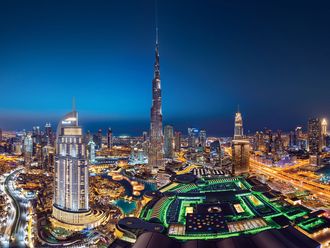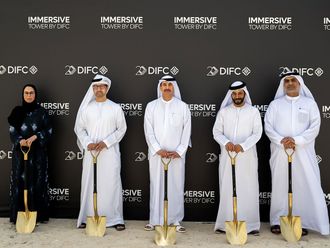
Dubai: Dubai’s talking a lot about affordable homes these days and its developers are starting to get the message loud and clear.
But there is still a bit of a lag between them hearing it and actually doing something about it on the ground. This uncertainty is what needs to be tackled before more developers can be convinced there is enough in it for them to create projects that are accessible to a sizable number of Dubai’s residents.
Availability of land is definitely not an issue, according to industry sources. “The take up of plots in the residential district of Dubai World Central has been strong with sub-developers taking a long-term view on the strategic potential of the area,” said Adam Wisher, Head of Development Advisory and Real Estate Research at Cavendish Maxwell, the property services firm.
“There have been a few examples of developers breaking ground on residential development in this area, but those who have bought land are incentivised to progress under their purchase agreements.
“As such, you can expect to see more launches coming up in the next 12 months targeting the middle market segment.
There are other locations as well where an affordable housing community can work just as well. “Within a 20-25 kilometre radius of the new airport, there are still under-developed areas where affordable housing projects can be taken up, to the benefit of both developers as well as buyers,” said Talal Moafaq Al Gaddah, CEO of MAG Property Development llc.
“At such locations, and Dubai World Central is the possibility, developers can manage to structure their costs on per square foot basis and which leaves enough profit margins once the properties are sold. But developers should not try and cut corners in doing so - that means still having decent-sized front and back areas to the homes, gardens, community features, etc.”
In other words, a tightly packed concrete jungle should not be the defining feature of an affordable home project in Dubai. This was what dragged down the longer term prospects of earlier such attempts in the emirate, where the high resident density soon overwhelmed the infrastructure and facilities the communities could provide.
“The land acquisition on its own should not exceed 20-25 per cent of the overall development cost to make selling affordable housing worthwhile,” said Faris Saeed, CEO of Diamond Developers. “At such a cost point, it would be easier for developers to price their units at or around Dh1 million, which would be deemed as affordable by a good number of those residents who are now renting.
“The 20 per cent mark can only be achieved in newer locations of Dubai – even at Dubailand where we built the Sustainable City cluster, land made up 40 per cent of the Dh1.2 billion development cost. This, of course, had a lot to do
“Estimates suggest that Dubai’s (mid-income) tenants are paying 35-40 per cent of their budgets on covering the rental outgo. If developers and mortgage providers can work out ways to utilize those funds towards acquiring a home instead, it creates an instant buyer base, and a substantial one at that.”
In a soft market, more developers are now pricing their off-plan units at the Dh600-Dh700 per square foot mark. There have also, reportedly, been instances of some of them dropping their launch prices to even below Dh600 to get buyers into their sales offices.
But Al Gaddah insists that the per square foot/overall property pricing is only part of the story – “Sure, buyers may be comfortable with a Dh600 or Dh700 asking price direct from the developer, but that still leaves the issue of how the full payments are to made,” he said.
“The way I see it, apart from the down payment and the initial instalment, the bulk of the remaining should be split over a five-year period. That is 30 months during construction and another 30 months post the handover.
“Once the handover is done, and if the buyer is looking to rent out the unit, rental income thus comes in handy. And the emerging locations in Dubai could have rental yields of 6-8 per cent, which are on the comfortable side from a buyer perspective.”
Also, with a sizable part of the payments scheduled for after completion, it should also find favour with mortgage lenders. The current regulatory requirement is that mortgage support for off-plan projects should be limited to 50 per cent maximum. But if they come in at completion time, the off-plan limits will no longer be applicable.
“If a developer is sufficiently funded, he can deal directly with the buyer to structure the payments during the construction phase,” said Al Gaddah. “The developer does not even need to involve the banks in this phase. It’s only after the handovers start that we need banks’ involvement.”
More developers are thinking along these lines, rather than wait endlessly to try and convince banks to get in at the launch phase itself. They are better off trying to convince Dubai’s tenants to make the cut and become owners of their homes.
If they do it right, they won’t even have to try that hard. The movement towards affordable homes is here to stay.












